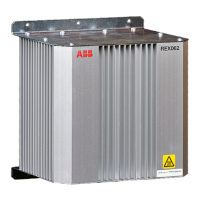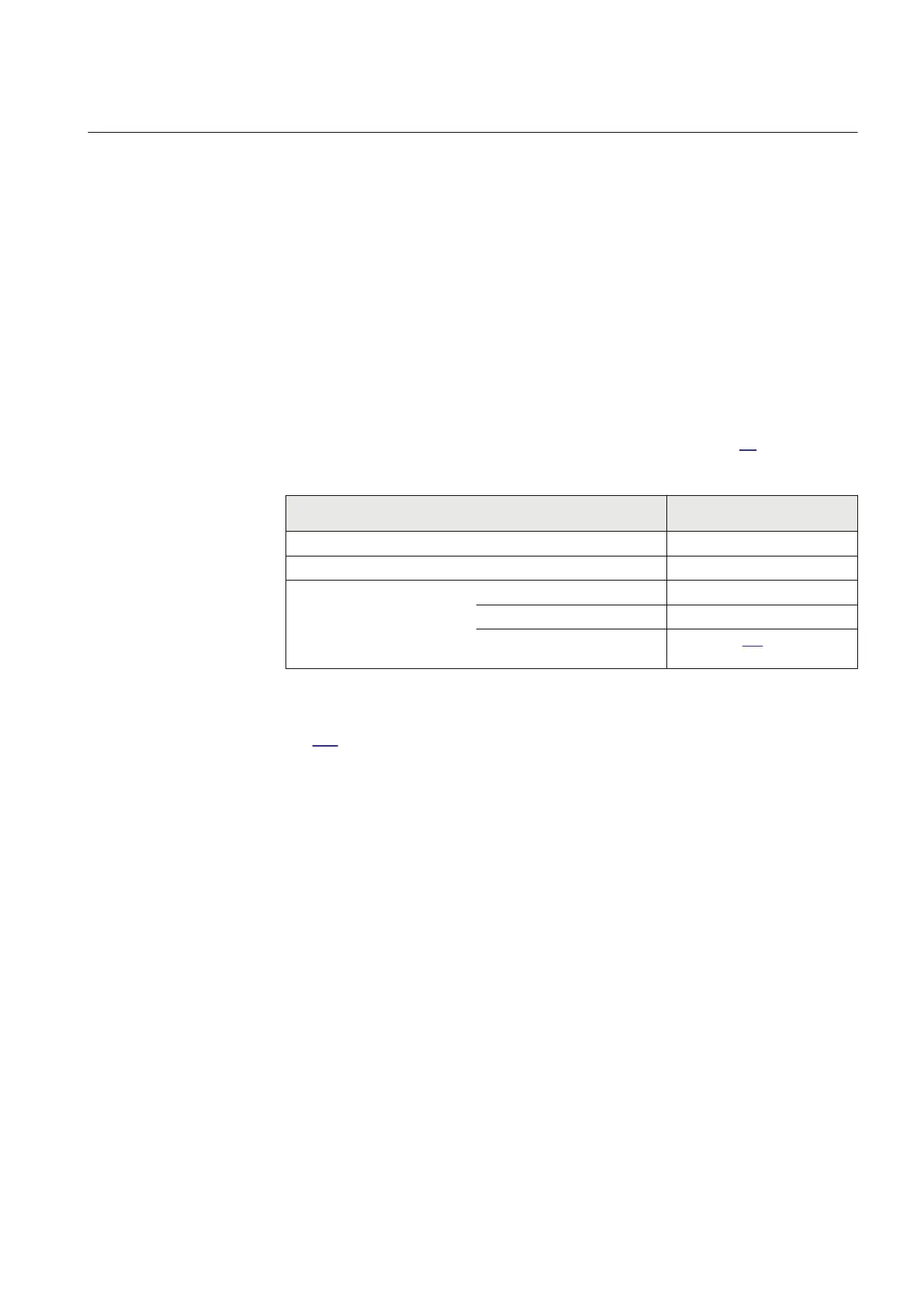9.12.2.2 Generator continuous unbalance current capability
During unbalanced loading, negative sequence current flows in the stator winding.
Negative sequence current in the stator winding will induce double frequency current
in the rotor surface and cause heating in almost all parts of the generator rotor.
When the negative sequence current increases beyond the generator’s continuous
unbalance current capability, the rotor temperature will increase. If the generator is
not tripped, a rotor failure may occur. Therefore, industry standards has been
established that determine generator continuous and short-time unbalanced current
capabilities in terms of negative sequence current I
2
and rotor heating criteria
.
Typical short-time capability (referred to as unbalanced fault capability) expressed in
terms of rotor heating criterion
is shown below in Table 43.
Table 43: ANSI requirements for unbalanced faults on synchronous machines
Types of Synchronous Machine
Permissible
Salient pole generator 40
Synchronous condenser 30
Cylindrical rotor generators: Indirectly cooled 30
Directly cooled (0 – 800 MVA) 10
Directly cooled (801 – 1600
MVA)
See Figure 201
Fig 201 shows a graphical representation of the relationship between generator
capability and generator MVA rating for directly cooled (conductor cooled)
generators. For example, a 500 MVA generator would have K = 10 seconds and a 1600
MVA generator would have K = 5 seconds. Unbalanced short-time negative sequence
current I
2
is expressed in per unit of rated generator current and time t in seconds.
1MRK 502 071-UEN - Section 9
Current protection
Generator protection REG670 2.2 IEC and Injection equipment REX060, REX061, REX062 389
Application manual

